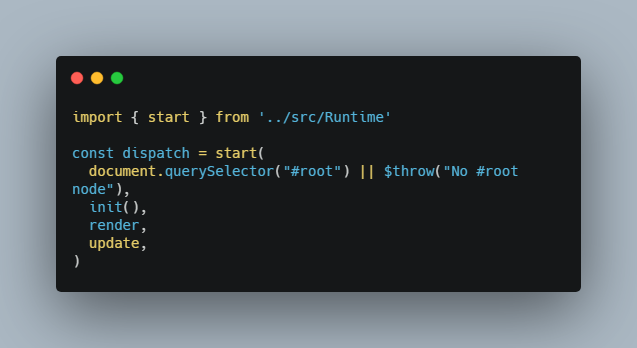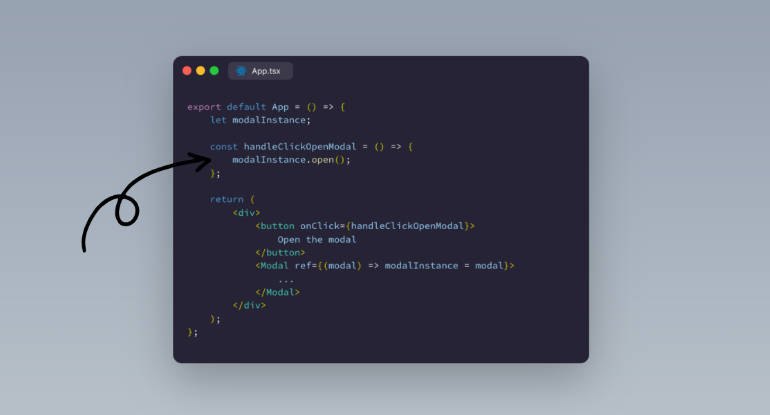Toy TEA Runtime (virtual DOM with event loop)
The demo is just a really ugly To Do List app.
Many frontend frameworks, like React, Elm (language) and Vue, use a virtual DOM, a technical breakthrough to describe HTML declaratively that also has implications in the architecture of the app.
This repository was born out of the curiosity of how a Virtual DOM Reconciliation and Diffing Algorithm works.
I made a toy implementation, hooked up with the simplest event loop I can think of, all heavily inspired by Elm.
The code is heavily inspired by Elm, especially The Elm Architecture runtime and
Elm’s HTML package. The Elm Architecture refers to the idea,
popularized by React/Redux, of having one centralized state and one centralized “update” function (reducer), and then declaratively
describing how the HTML should look like.
React, Vue and other popular frontend frameworks implement a component system on top of the virtual DOM.
This implementation doesn’t have local state nor lifecycle hooks.
About the example
We start the runtime by providing the initial state and the “callbacks” render and update.
import { start } from '../src/Runtime'
const dispatch = start(
document.querySelector("#root") || $throw("No #root node"),
init(),
render,
update,
)
Init is just the initial state, for example for a counter app we would use:
function init(): number {
return 0
}
Render is just a function that returns the Html representation (virtual DOM nodes) of a given state:
import { Html, node, text, on } from '../src/Html'
function render(state: number): Html<Action> {
return node(
'div',
[],
[
text('Counter: '),
text(String(state)),
button('Increase'),
button('Decrease'),
]
)
}
function button(action: Action): Html<Action> {
return node(
'button',
[
on('click', _ => action),
],
[text(action)]
)
}
Finally, update returns an updated state in response of an action:
type Action = 'Increase' | 'Decrease'
function update(state: number, action: Action): number {
switch (action) {
case 'Increase':
return state + 1
case 'Decrease':
return state - 1
}
}
About the API
The core implementation consists of two parts:
- Html contains the definitions necesary to create virtual DOM nodes.
- Runtime contains the
startfunction that receives a few callbacks and starts the render
loop.
Most exported functions have documentation comments explaining some details.
About the Virtual DOM
The functions defined in src/Html.ts create virtual DOM nodes (of type Html<A>).
The file src/private/Reconciliation.ts contains the simplest unoptimized
Reconciliation And Diffing Algorithm
I could came up with. It figures out a way to make the real DOM resemble the virtual DOM (Html<A> objects).
The API for creating HTML nodes is heavily inspired by Elm’s HTML package.
It differs in most virtual DOM API’s (like React’s, Vue’s, Jsx, etc) because it receives the “attributes/properties” as a list instead of
an object:
// React-like
el('div', { className: 'foo' }, [])
// Elm-like
el('div', [property('className', 'foo')], [])
This makes a simpler, more minimal API, because there’s no need to
conflate attribute and property
or create large typescript records describing all possible attributes.
Known reasons why the example might be broken or slower than expected
- Extensions that mutate the DOM like Grammarly’s or Google Translate don’t work nicely with virtual DOM implementations.
- Because of implementation details, every frame, all event handlers are overriden with newer versions. This might be slow.
- The virtual DOM doesn’t support keyed nodes, that’s why deleting the first element of the list forces an update in all the
other unchanged elements.
Remember this is a toy repository, not suitable for production.





